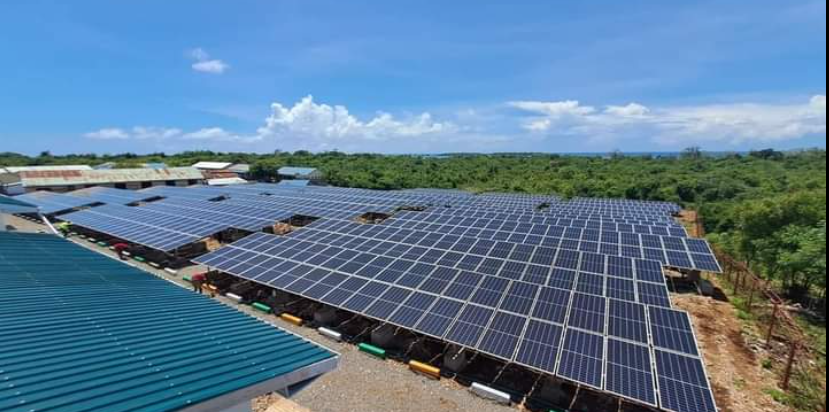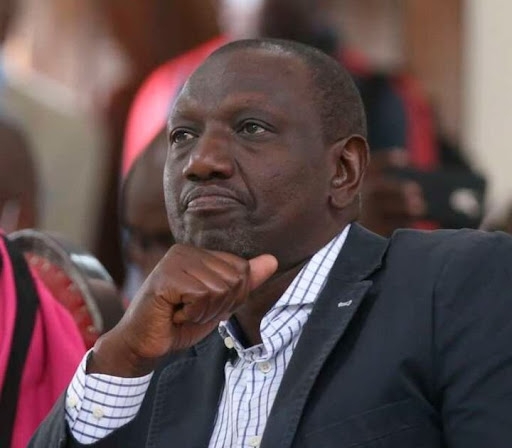
Plans are underway to put up a 220-megawatt renewable energy facility in Meru County, boosting Kenya’s transition to clean energy.
Hewani Energy economic development manager Victor Mutuerandu said 200 megawatts will be tapped from wind power, while 20 megawatts will be from solar installed on 100 acres.
“We started the project in 2019 and 2020 by entering into a licence and options agreement. The purpose of this licence was to explore if the area is feasible for the project,” he said.
Some 32 wind turbines, 20 megawatts of solar PV and a 10 MWh battery electric storage system will be used in the project.
“We have an environmental licence from the National Environment Management Authority and the Kenya Civil Aviation Authority for the heights of our turbines,” he said.
Mutuerandu said they have conducted other studies to establish what can be constructed at the site.
He said there were 2,000 landowners, and they made about 1,800 licence and option agreements.
Mutuerandu said the community has all along been involved in the project, and they have embraced it.
He said the licence and option agreement provided that land ownership be confirmed by a title deed.
However, the community did not have land ownership documents.
Mutuerandu said they helped the community acquire land ownership documents, which were issued to them about three weeks ago, when President William Ruto toured Mount Kenya.
He said that with landowners having their ownership documents, the company will enter into a long-term lease with the community for between 20 and 30 years.
“The option to enter into a long-term lease is based on the power purchase agreement we get. We are wholesalers of electricity,” he said.
Mutuerandu said the power generated will be injected into the national grid, which is 10km away in the Isiolo substation.
He said the power generated by the new project will generate electricity that powers 400,000 homes.
Mutuerandu said the project is based on sharing revenue from electricity that is sold.
He said the project is a joint project between the company and the county government of Meru, which is entitled to dividends.
Mutuerandu said landowners will get 1.5 per cent of gross revenue from the project.
“There is a payment for the person who has turbines and a payment for the people who are around.”
Landowners who will host turbines on the farm will be paid a minimum of Sh200,000 per year, while other landowners without turbines will be paid between Sh10,000 and Sh20,000 per acre each year, depending on the rates given under the power purchase agreement.
Mutuerandu said they were attracted to the area as there are no settlements.
He said the community not affected by the project will also benefit, as 0.5 per cent of gross revenue will go to the community trust.
“The community trust deals with education, water, agriculture and health, and that is the testament of the work we have been able to do,” Mutuerandu said, citing a borehole drilled for the community and a fence built for one of the schools.
Mutuerandu said there are no critically endangered animals in the area affected by the project.
Moreover, the land has neither graves nor shrines as it has not been settled.
Grievance mechanisms are in place to address emerging issues from the community, he said, adding that they have an open-door policy.
Tigania West deputy county commissioner Faith Murage said the government is keen to tap green energy.
She said sensitisation of the community will continue to ensure they understand the project and its benefits.
Winnie Mukiri, an official from Meru County Investment and Development Corporation, said the county has a five per cent stake in the project and is allowed to scale up to 20 per cent.
She said the agreements between the company and landowners have been reviewed by county lawyers and that the project is viable.
Julius Kaleria, who owns an acre in the project area, said they expect to benefit from it.
He said the project accelerated the lengthy wait for land ownership documents.
The majority stake of 75 per cent is held by Seriti, a renewable energy company from South Africa, while 25 per cent ownership is held by Eurus Energy from Japan.










